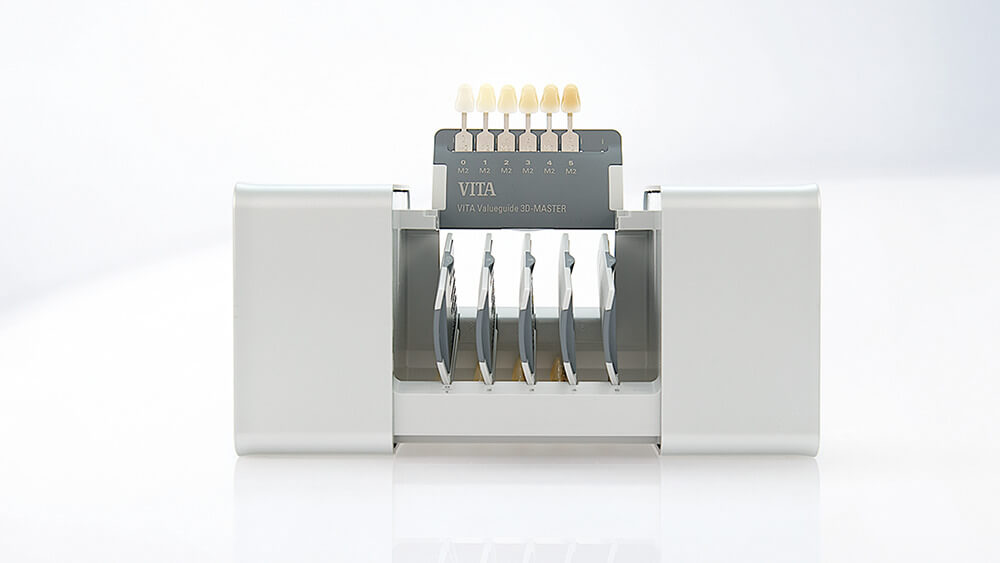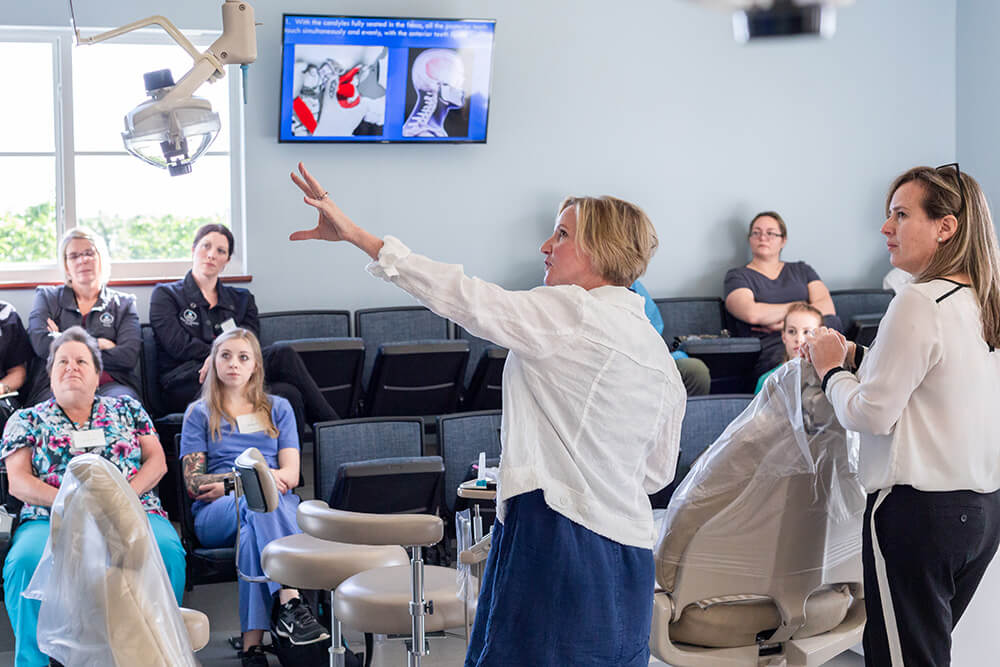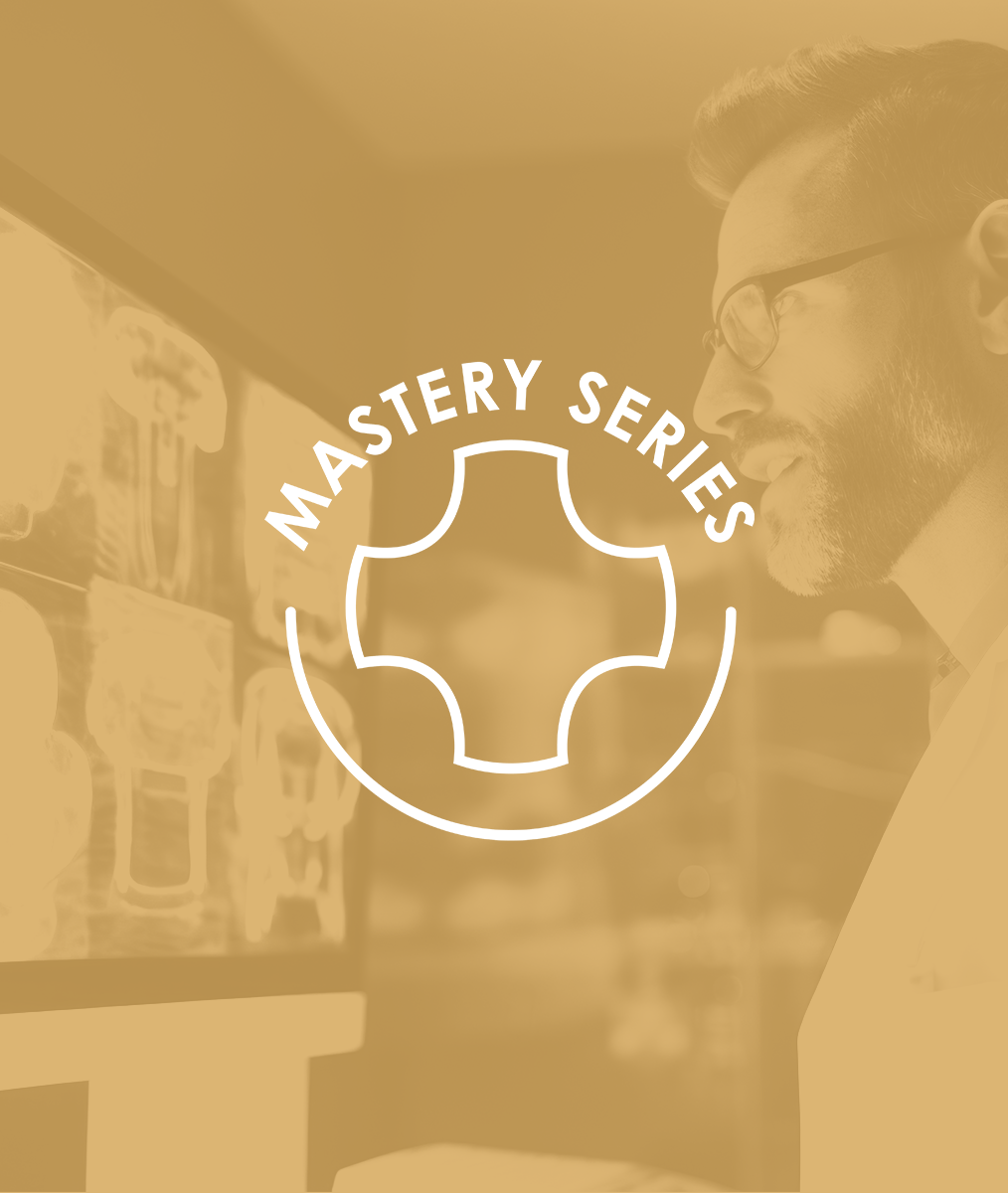In times of disruption, small changes can have a large impact. Follow the 5 P’s and see where Proper Planning to Prevent Poor Performance leads you.
Those of you who experienced the joys of boot camp may remember the 5P’s: Proper Planning Prevents Poor Performance. Since we are all stuck waiting to get back to the office, now is a great time to work on plans for a preferred future.
Although we will be opening in a disrupted world and the market we left has been transformed by forces outside our control, good business principles and practices remain valid. Here are some key performance indicators adapted from Roger Levin’s 2019 article about the KPI’s every dentist should know.
Production, Collections and Profit
Review your production, collections and profit for the last 12 months. Levin points out that the trend on each of these items should be up. Sounds simple but it is not. Dig in and analyze deeper. Start with monthly figures and look for trends, then weekly and daily. What are your most productive procedures, days, time of days? When was your last fee increase? Analyze your outstanding accounts. You should be collecting 98% with only a small percentage over 60 days outstanding. How much are you writing off due to insurance mandates? How profitable are you? Have you set any goals? Understand that any item in your practice that is not true overhead is profit. Now you are ready to start working “on” your business.
What percentage of your active patients is currently scheduled? Nobody should every leave your office without another appointment. Your goal should be 98% of active patients are scheduled for some form of care. What is your case acceptance rate? Are you tracking patients with planned treatment that is not scheduled? What is your average production per patient? What is your average production per new patient? It should be at least two times greater than existing patients. What is your hygiene cancellation rate? If you are not happy with what you are learning, now is the time to be planning for better outcomes.
Overhead
Now is the time to carefully assess every item included in your overhead. If you have a practice generating a million dollars, a 2% decrease in overhead is $20,000 directly to profit. Levin Group tells us that general dental practices should have overhead at 59%. Very few practices meet that goal. It is very likely that new mandates from the government will be coming for PPE and testing. Now is the time to get lean and mean in this area.
Patients
Are you tracking your monthly new patient growth and your patient attrition? With all the media attention to aerosol spreading of Covid-19, it is likely there will be resistance to treatment and dentistry in general. Knowing your current situation is important. It is imperative that you use every means available to help your current and new clients understand that you are concerned for their health and safety as well as to emphasize that deferring treatment will only lead to future more difficult and expensive problems.
Staff Costs
The elephant in the room…staff costs in a general dental practice should be 25% of collected production. Your team members are the most expensive and most important part of your business. You may want to share your homework with your team – or even involve your team in the exercises above.












